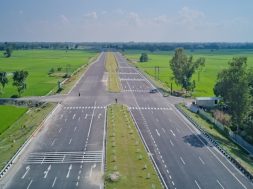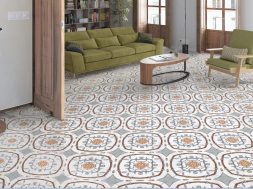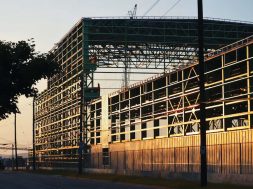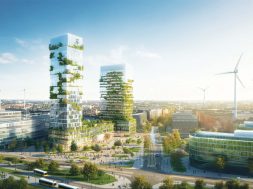Architecture and Design : Crafting identities and cities
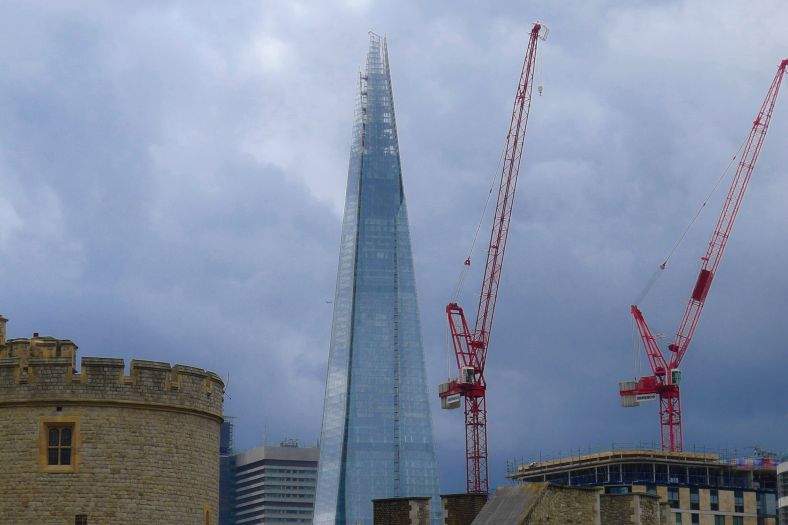
Architecturally speaking, the Indian panorama is an integration of traditional and contemporary styles of building and design, much like the diversity, which defines our Indian identity.
The architecture and design space across the globe is an assimilation of the past and the present. The past is denoted by traditional architecture which was built decades ago and has been a witness to the evolution of the human civilization itself. The present is the contemporary architecture which emerged as a result of this evolution. Together this concoction of traditional and contemporary architecture has given cities, states and nations their individual and collective identities.
However this identity is one is drafted, created and composed on the basis of numerous circumstances which exist Aishwarya Tipnis, Principal Architect, Aishwarya Tipnis Architects clarifies “Architecture is nothing but a physical manifestation of time. Each time period has its own political, social and economic upheavals, resolutions and realities. Architecture is a creative symbolic manifestation and representation of this scenario. Not everything in the past is traditional, everything epitomizes a certain thing in society. And, our identities are what we give them; identity is what we ascribe to something. So, if we have an attachment to a certain kind of architecture, it becomes part of our identity, primarily because of how we feel about it.”
n a way it is right to say that architecture is a response to the practical realities which exist hence unlike the last millennium today we have high-rises and superstructures. Something that was previously just a fairy tale. Elucidating on this fact, Shilpa Jain Balvally, Partner and Principal Architect, Studio Osmosis says “We are living in different times and we cannot deny it. There are a number of issues which have become a major concern: population, politics, global warming and so much more. When we travelled to Europe 10 years ago, you didn’t need air conditioning. Today the scenario is very different, it is completely impossible not to use air-conditioners and air conditioning appliances. Likewise high-rises are a response to the current scarcity of spaces in metropolitan areas. Likewise, it cannot be denied that it all boils down to our original urban planning. We are only building in the bigger cities, there is so much land in other areas that can be explored. In the last 20 years this phenomenon has changed and satellite townships are coming up.”
There was a time when traditional Indian architecture was inspiring the west though it continues to do so in a limited way. Likewise post the industrial revolution it would be fair to say that the impact of the west has been very profound in India. So was it the knowledge, affordability or something else that a seemingly colonial way of architecture and design became a part of our lives.
Sharada Seshadri, Co-Founder and Design Head, Architecture Continuous points out ”It’s not just from the point of view of affordability; there are a lot of other factors which have played a role. One factor, the political turmoil that we underwent as a nation, you know, for the past hundreds of years. And it’s also the decision to adopt a traditional architecture depends a lot on the mental makeup, the attitude towards Indian traditions, and there is also lack of awareness and ignorance to a certain extent about the materials and how it can be used. Unfortunately, many of these technologies are also lost, like the building material technologies as well.”
Today when we look at the panorama of an Indian city it is perhaps a reflection of the same, the turmoil of the different time periods and invasions may or may not be on the fore, and it shouldn’t be because it is in hope and not despair that nations are born although the history will have a different story to tell. Let history be a reminder, when the vision of the reality through rose tinted glasses doesn’t convey the reality. But let architecture be beautiful, let it also point towards a symbiosis that can be, possibilities that can be, dreams which can be and not just be a symbol of consistent struggles which do empower but not without disturbing a conscious mind. From vertical high-rises in cities to horizontal construction in suburbs and mud huts in the rural areas the architecture of India is a testimony to its democratic identity which engages with its own ancient building techniques while keeping an eye on the evolution of architecture and we will continue with this journey.
Architecture is a reflection of the realities but what is also true is that it is a representation of the individual ambitions and tastes. Ambitions and tastes which have evolved because today the Indian does not merely exist within the Indian borders, he travels, explores and contemplates. It is as if, the epic that Bharat is, itself keeps adding newer styles and techniques to its social fabric to become Maha Bharat. Hence we have seen an amalgamation of traditional and contemporary styles in many Indian homes in the contemporary era.
Adding to the argument Shaily Ganatra, Founder and Chief Interior Designer, The Auura Interior Design Studio says “We always have to strike a balance between these two aspects, we cannot go either traditional or contemporary, and we have to be very much mindful in deciding what we are dealing with at the time. Selfies have become a norm today, 50 years ago this was not the case, the idea of a selfie itself would be eccentric unless you are a good painter painting your own portrait. Likewise there were a number of practices in architecture and design which addressed the creative challenges back then which may or may not sound relevant today. Architecture does give us a sense of identity. Today as we embrace globalization and adopt a contemporary way of life based on wisdom that is ancient, we have to strike a balance. We have to use newer materials and techniques but very mindfully. We should be ready to understand with an open mind and think what works in a given situation and what doesn’t without compromising on tenets of architecture. Tenets which gives it and its occupant a long, robust and a happy life.”
The decision to adopt a traditional architecture depends a lot on the mental makeup, the attitude towards Indian traditions, and there is also lack of awareness and ignorance to a certain extent about the materials and how it can be used.
Cookie Consent
We use cookies to personalize your experience. By continuing to visit this website you agree to our Terms & Conditions, Privacy Policy and Cookie Policy.

